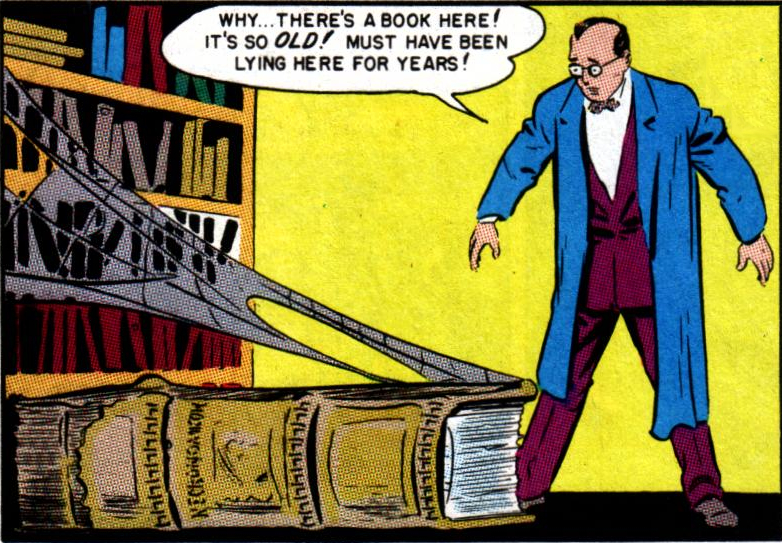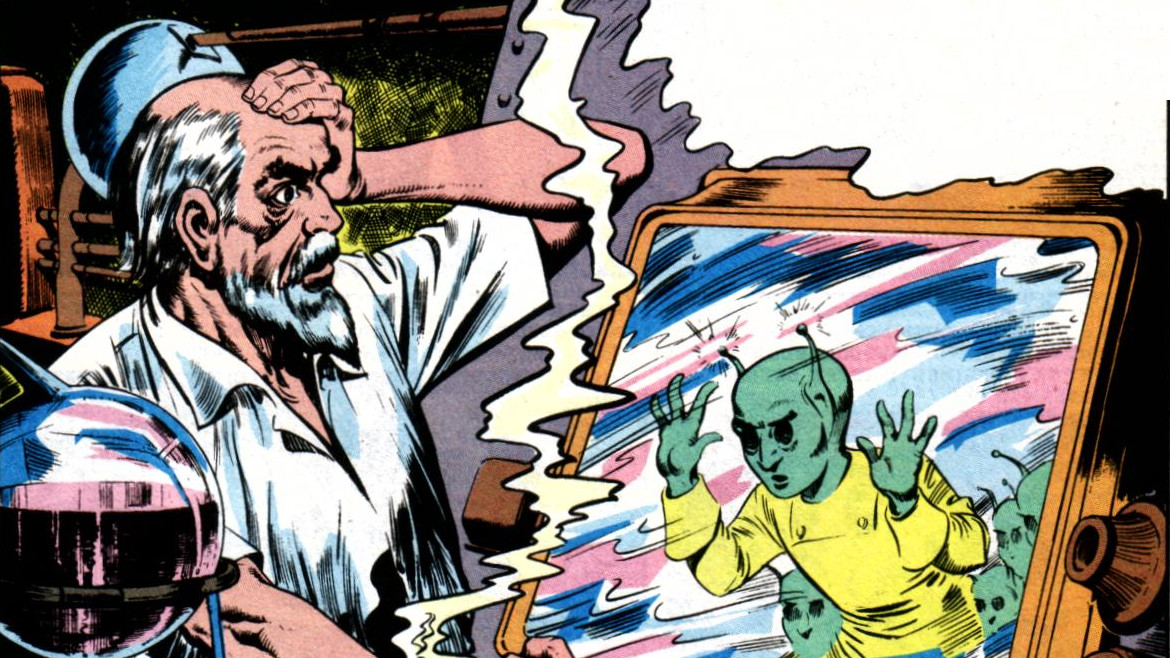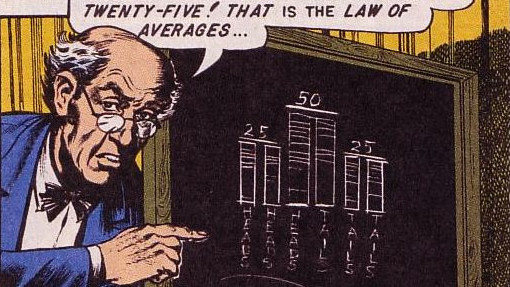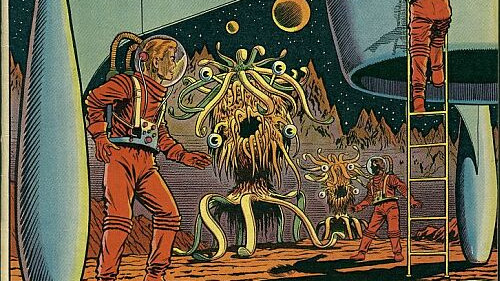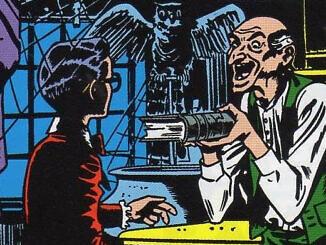
Illuminating the Illuminated – Part Three: Topics of Invention | Topic Modelling the Voynich Manuscript
Our earlier experiments derived some of the darker statistics of the Voynich Manuscript supporting the conjecture, but not erasing all doubt, that the manuscript’s cryptic graphemes are drawn from some natural, or shudderingly unnatural, language. Despite our beliefs regarding its authenticity, however, the statistical tools we have employed so far can tell us little about the structure, and almost nothing of the meaning, of the Voynich Manuscript. […]


